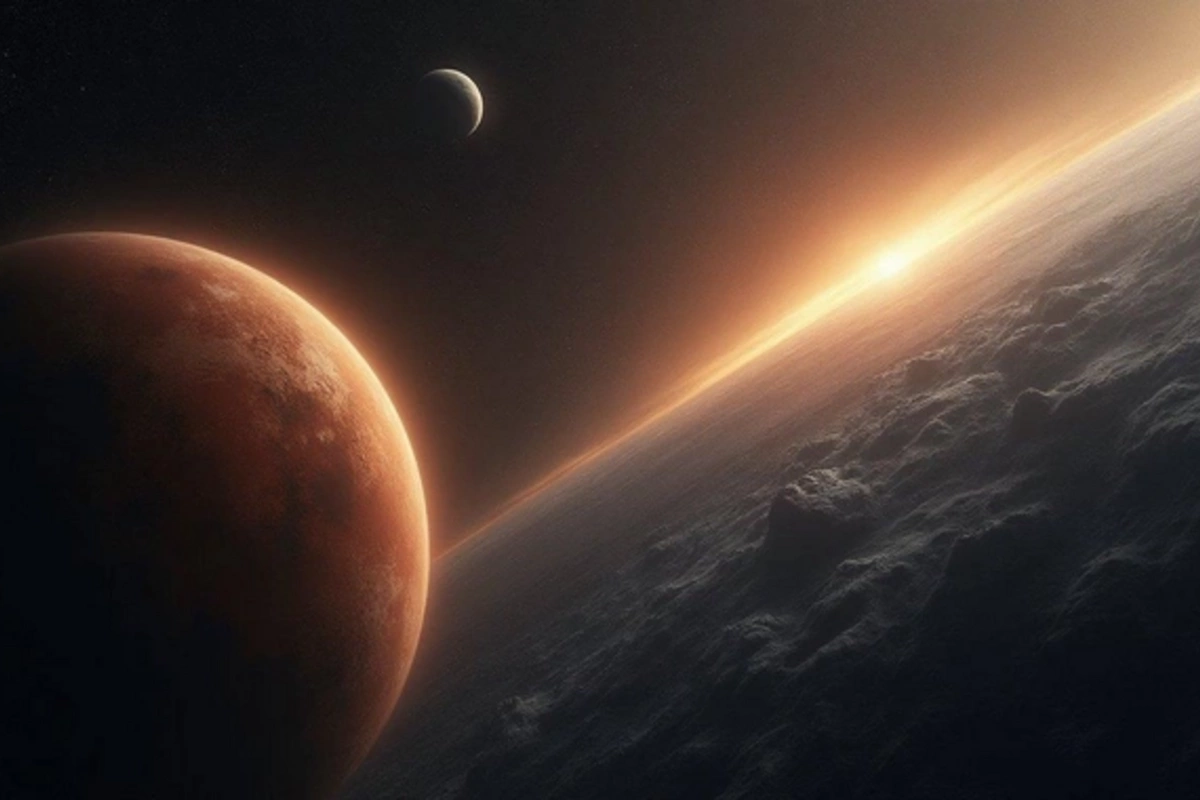20 Jun , 12:18
0

The Solar System continues to intrigue: five greatest mysteries unsolved by scientists
Despite decades of intensive research, our Solar System holds many secrets that baffle even the most experienced astronomers. Modern telescopes, space probes, and satellites transmit terabytes of data daily, but some phenomena still defy explanation. Let's examine five of the most fascinating cosmic mysteries causing heated discussions in the scientific community.
In 2003, the European Space Agency (ESA) made a sensational discovery: the orbital spacecraft Mars Express detected traces of methane in the atmosphere of the Red Planet. Sixteen years later, the Curiosity rover confirmed the finding, recording methane concentrations of up to 21 parts per billion in Gale Crater. This discovery stirred the scientific world, as methane on Earth is often associated with biological activity. Where does this gas on Mars come from? Geological processes, ancient subsurface reservoirs, or perhaps unknown life forms? The concentration of methane on Mars mysteriously fluctuates, complicating research. Scientists place great hopes on the ExoMars mission with a rover launch in 2028, which may finally reveal this Martian mystery.
Space pioneers Pioneer 10 and Pioneer 11, sent by NASA into deep space in the early 1970s, presented scientists with a real puzzle. In the 1980s, specialists discovered that both spacecraft were experiencing unexplained acceleration toward the Sun, contradicting all known laws of physics. This "Pioneer anomaly" baffled the best minds on the planet. Researchers ruled out the influence of solar wind, gravitational effects of planets, and calculation errors, but the mystery remained unsolved. In 2012, a hypothesis emerged about the influence of thermal radiation from the spacecraft themselves, but the scientific community has not reached a consensus. The intrigue is heightened by the fact that modern missions, including New Horizons, do not demonstrate similar anomalies.
October 2017 was marked by a historic event: the Pan-STARRS telescope in Hawaii recorded the first interstellar visitor to our Solar System – the object Oumuamua. This cosmic wanderer, between 100 and 1000 meters long, amazed astronomers with its unusual cigar-shaped form and mysterious acceleration not associated with typical comet gas emissions. Scientists from Harvard University led by Avi Loeb put forward a bold hypothesis: Oumuamua could be an artificial object of extraterrestrial origin. Although most researchers lean toward a natural explanation, the exact nature of this interstellar visitor remains unknown. In 2018, Oumuamua left the observation zone of Earth's telescopes, taking its secrets with it.
At Saturn's north pole rotates one of the most amazing atmospheric phenomena in the Solar